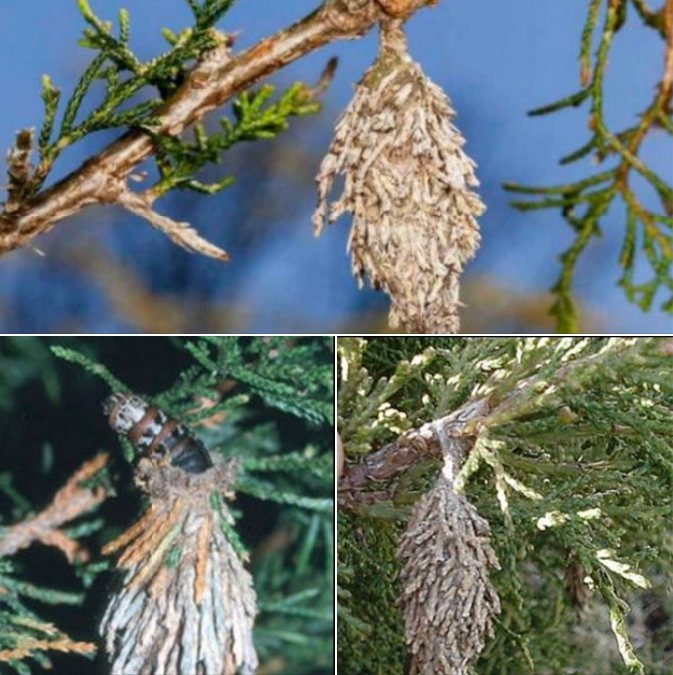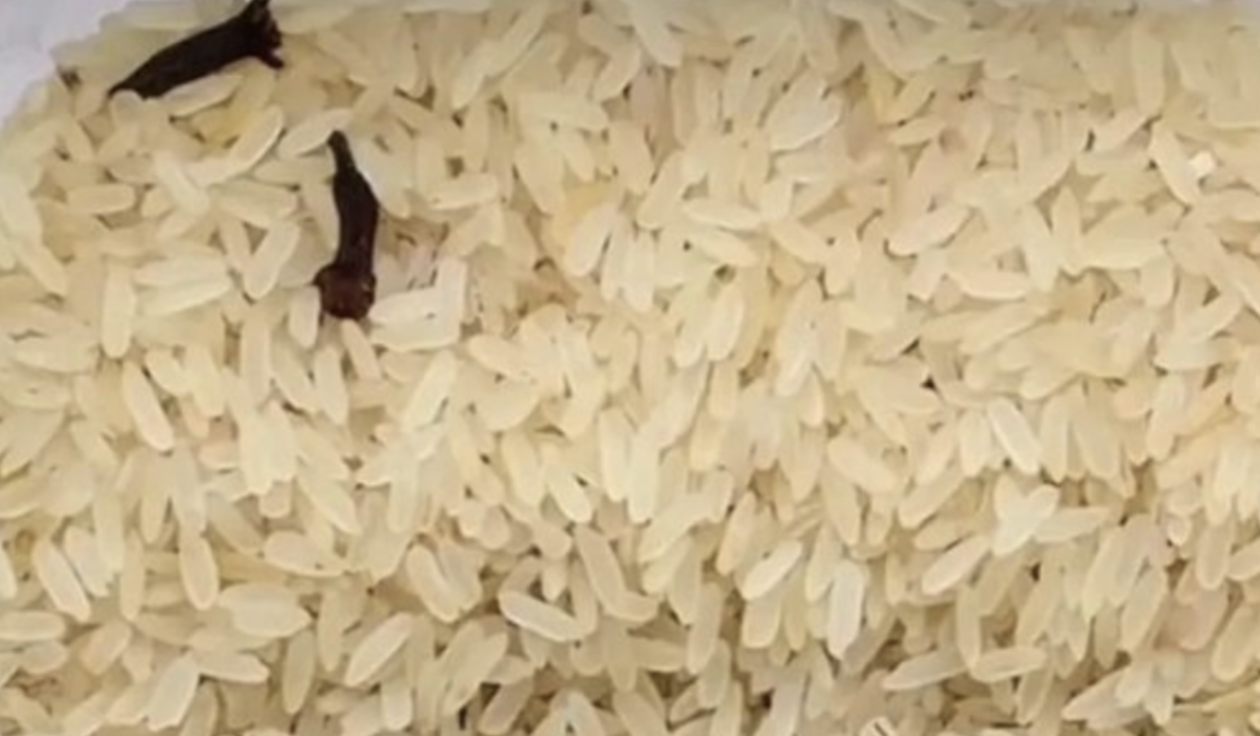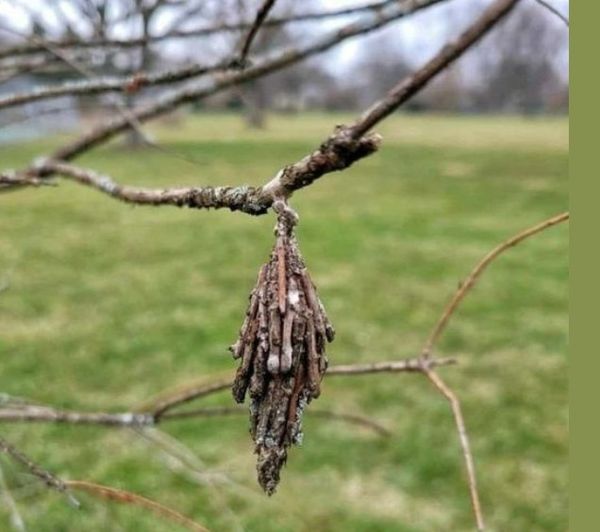
In the world of tree pests, one villain stands out: the Evergreen Bagworm. These sneaky insects, often mistaken for worms, can cause serious damage and even death to our beautiful trees. As we enter the prime season for bagworm infestations, it’s important to know how to protect your beloved trees from these silent killers.
Understanding the Evergreen Bagworm
The Evergreen Bagworm, scientifically known as Thyridopteryx ephemeraeformis, is not your average worm. In fact, it’s a moth in its larval stage. These crafty creatures construct protective casings, or bags, around themselves using plant debris and silk-like thread. These bags serve as their shelter and camouflage, making them look like little hanging sacks on tree branches.
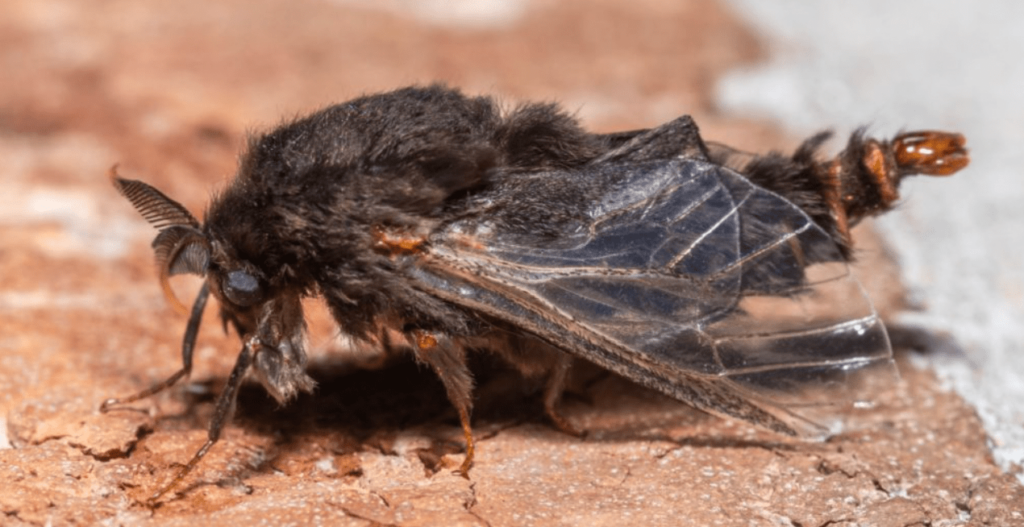
The Life Cycle of the Evergreen Bagworm
To effectively manage bagworm infestations, it’s crucial to understand their life cycle. Female adult bagworms lay their eggs inside their bags, which are left hanging on the tree after they pass away. These eggs remain dormant throughout winter and hatch into tiny larvae in late spring or early summer.
The newly hatched larvae eagerly search for a suitable host tree. Once they find one, they begin constructing their bags by adding more plant debris to their silk thread structure. As the larvae grow and develop, their bags become more noticeable and prominent.
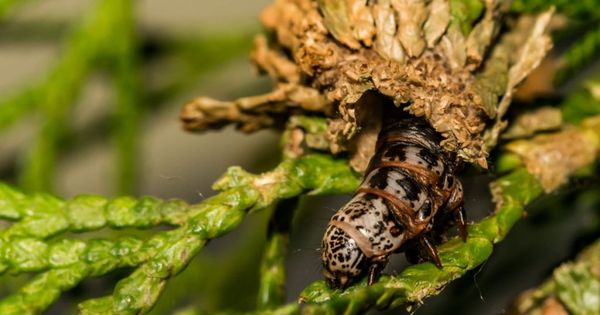
After shedding their skins multiple times to accommodate their expanding size, the larvae form their final instar and prepare to pupate. Inside their protective cases, they undergo a transformation into adult moths. After two weeks, adult moths emerge from their bags, with females staying close to the original tree and males flying off in search of mates.
The Destructive Nature of the Evergreen Bagworm
Don’t be fooled by their small size – Evergreen Bagworms can wreak havoc on trees if left unchecked. These voracious eaters feast on foliage, hindering a tree’s ability to produce nutrients through photosynthesis. The continuous feeding weakens the tree, making it more susceptible to other pests, illnesses, and environmental stressors. Without intervention, bagworm infestations can lead to severe tree decline and even death.
Strategies for Managing Bagworm Infestations
Protecting your trees from the destructive nature of Evergreen Bagworms requires proactive management. Here are some strategies to consider:
1. Maintaining Healthy Trees
Prevention is key when it comes to bagworms. By implementing the following practices, you can reduce the chances of infestation and improve the overall health of your trees:
- Regularly inspect your trees for bagworm infestation signs, such as bags hanging from branches.
- Prune and remove any bags you find, especially during winter when the eggs are dormant.
- Create habitats that attract natural predators, like birds and parasitoid wasps, which feed on bagworms. Birdhouses and flowering plants can help.
- Keep your trees healthy and resilient against infestations through proper nutrition and irrigation.
By keeping your trees healthy and implementing preventative measures, you can shield them from the stealthy threat of Evergreen Bagworms.
The Bottom Line
While Evergreen Bagworms may seem insignificant, their impact on trees can be profound. Understanding their life cycle, acknowledging their destructive capabilities, and employing good management practices will help you protect your trees from these cunning invaders.
Regular inspections, preventative measures, and maintaining healthy trees will go a long way in stopping infestations and preserving the beauty and vitality of your landscape. Don’t let the silent threat of the Evergreen Bagworm rob you of the happiness your trees provide.
